Are you considering installing a drainage system on your property but worried about the cost? Don’t stress! With some careful planning and smart budgeting, you can find a cost-effective solution that meets your needs without breaking the bank.
First and foremost, it’s important to understand the importance of proper drainage. Without adequate drainage, water can collect in low-lying areas, leading to flooding, erosion, and damage to your property. A well-designed drainage system ensures that water is directed away from your home and landscaping, keeping your property safe and dry.
When it comes to budgeting for drainage installation, there are a few key tips to keep in mind. The first step is to assess your drainage needs. Take a close look at your property and identify areas where water tends to collect or drainage issues are present. This will help you determine the type and size of drainage system that is required.
Next, consider the different types of drainage systems available. There are various options to choose from, including French drains, surface drains, and gutter downspout drainage systems. Each type has its own advantages and disadvantages, so it’s important to choose the one that best suits your property’s needs.
Once you have identified the type of drainage system you need, it’s time to create a budget. Start by obtaining quotes from reputable contractors in your area. Be sure to ask for detailed estimates that outline the cost of materials, labor, and any additional expenses.
It’s also important to factor in any potential obstacles or challenges that could affect the cost of installation. For example, if your property has rocky soil or requires extensive excavation, the cost of installation may be higher than anticipated. By accounting for these factors upfront, you can avoid any surprises and ensure that your budget is accurate.
In addition to obtaining quotes from contractors, consider exploring DIY options for drainage installation. While some projects may require professional expertise, there are many simple drainage solutions that can be tackled by homeowners with basic tools and skills.
If you choose to tackle the project yourself, be sure to do your research and familiarize yourself with the necessary steps and materials. You can find a wealth of information online, including step-by-step guides and video tutorials that can help you navigate the installation process.
Another cost-effective tip for drainage installation is to consider using recycled materials or repurposing items on your property. For example, old tires or concrete blocks can be used to create retaining walls or drainage channels. By thinking creatively and being resourceful, you can save money on materials and reduce waste.
When it comes to budgeting for drainage installation, it’s also important to prioritize maintenance and upkeep. A well-maintained drainage system will last longer and perform better, saving you money in the long run. Be sure to schedule regular inspections and cleanings to ensure that your system is functioning properly.
In conclusion, budgeting for drainage installation doesn’t have to be a daunting task. By following these tips and being proactive in your planning, you can find a cost-effective solution that meets your needs and protects your property from water damage. Remember, proper drainage is an investment in the long-term health and safety of your property, so it’s worth the time and effort to get it right.



